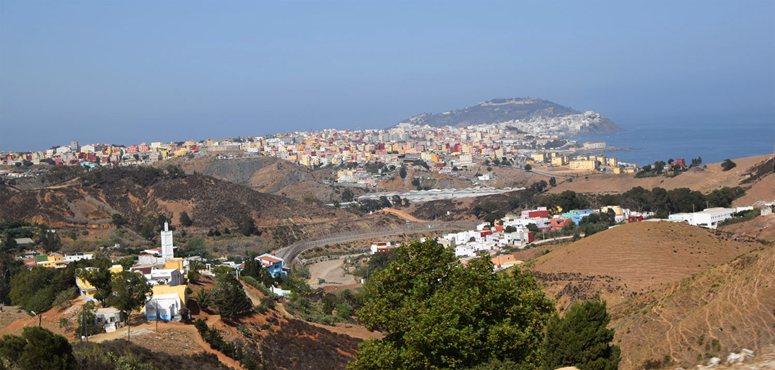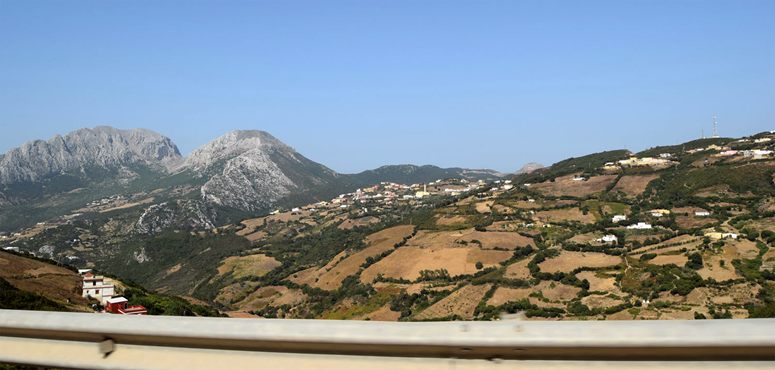The Amazigh city of Ksar Masmouda in northwest Morocco

Northern Morocco is full of many events that took place in the Amazigh land of Masmouda, whether in the Atlantic Ocean or the Mediterranean Sea.
From the city of Al-Bogaz and along the southern coast of the Strait of Gibraltar towards the city of Al-Qasr Al-Saghir, this city located about 30 kilometers from the city of Tangier, which appears to be nestled in the middle of these hills, was until recently a stronghold for multiple civilizations. The Phoenicians used it as a center for their trade, the Carthaginians and the Romans as the extension of their empires. Before the Spaniards, Portuguese and Muslims set foot on it. Its name varied depending on the arrivals, from the name of the Masmouda Palace to the Palace of Al-Majaz, and finally settled on the name of the Small Palace.
All landmarks have been obliterated, all features have been obliterated, and nothing remains of these civilizations except ruins and pieces scattered here and there, reminding us of the glories-filled past. Perhaps the ceramic points were dropped near it because it was the crossing point towards Andalusia. The sources mention that Tariq bin Ziyad set off from Al-Majaz Palace towards the northern bank of the conquest of Andalusia. .

In 1972, an American mission revealed the hidden secrets of this archaeological site by conducting an analysis of some discoveries on the ruins and remains of the walls of fish-salting factories dating back to ancient civilization. A church was also found, built on the rescue of a mosque, poor people, and commercial buildings that were also built on the foundations of Islamic culture, and it still remains. Some residents of the area remember with great nostalgia the days of excavations that the site witnessed in the past. The Portuguese forces were able to occupy the city of Ceuta, taking advantage of the deteriorating conditions of the Marinid state due to the existing disputes between its princes that led to the killing of King Abu Said III in the year 1420 AD.
The cities that fell under occupation were also made into a reconnaissance center for neighboring regions or tribes. They converted most of the buildings, such as the Great Mosque, into a church and built a number of facilities in it until they evacuated it due to the Portuguese policy of evacuating a number of ports. The Small Palace was among these ports after they settled in Al-Majaz Palace. The Portuguese built Al-Manea Palace in the northeastern side of the city, which has an Islamic character, in order to defend their colonies. They also built it due to the changes within the city, which included strengthening the defensive walls and establishing trenches. The towers designated for defense and observation are still standing, telling the sky the secrets of this place in the face of all possible invasions. However, the sand has managed to creep into it to obscure some of the archaeological facilities remaining from the Portuguese era, as is the case with the canal that was dug to connect it to the Mediterranean Sea and to the nearest point inside the city so that it can Ships from shipping.

Around the year 1551, the Portuguese destroyed most of its facilities so that it would not be exploited after them. Even the painting that was hanging over a door yesterday, bearing witness to the stability of Portugal in this region, was removed, so that the place remained obscure, without a name or address. Visits that were made from time to time to this site were erased. Dust off his memory and the soul will follow him again.
Source: websites

